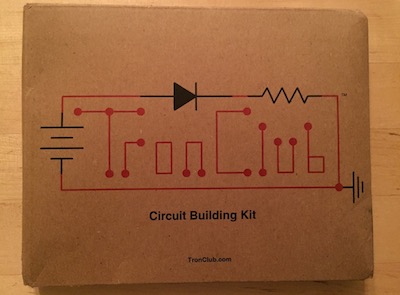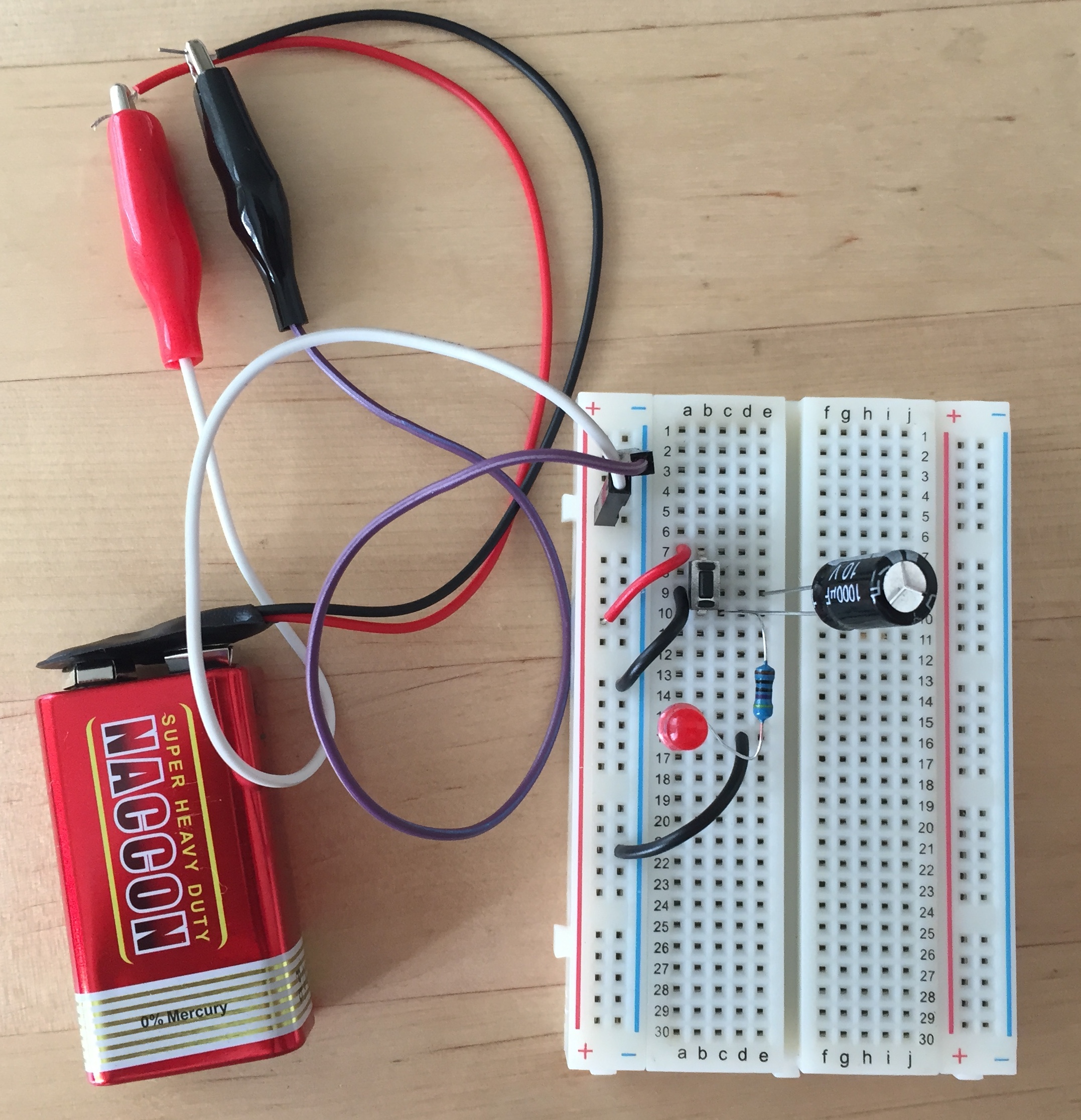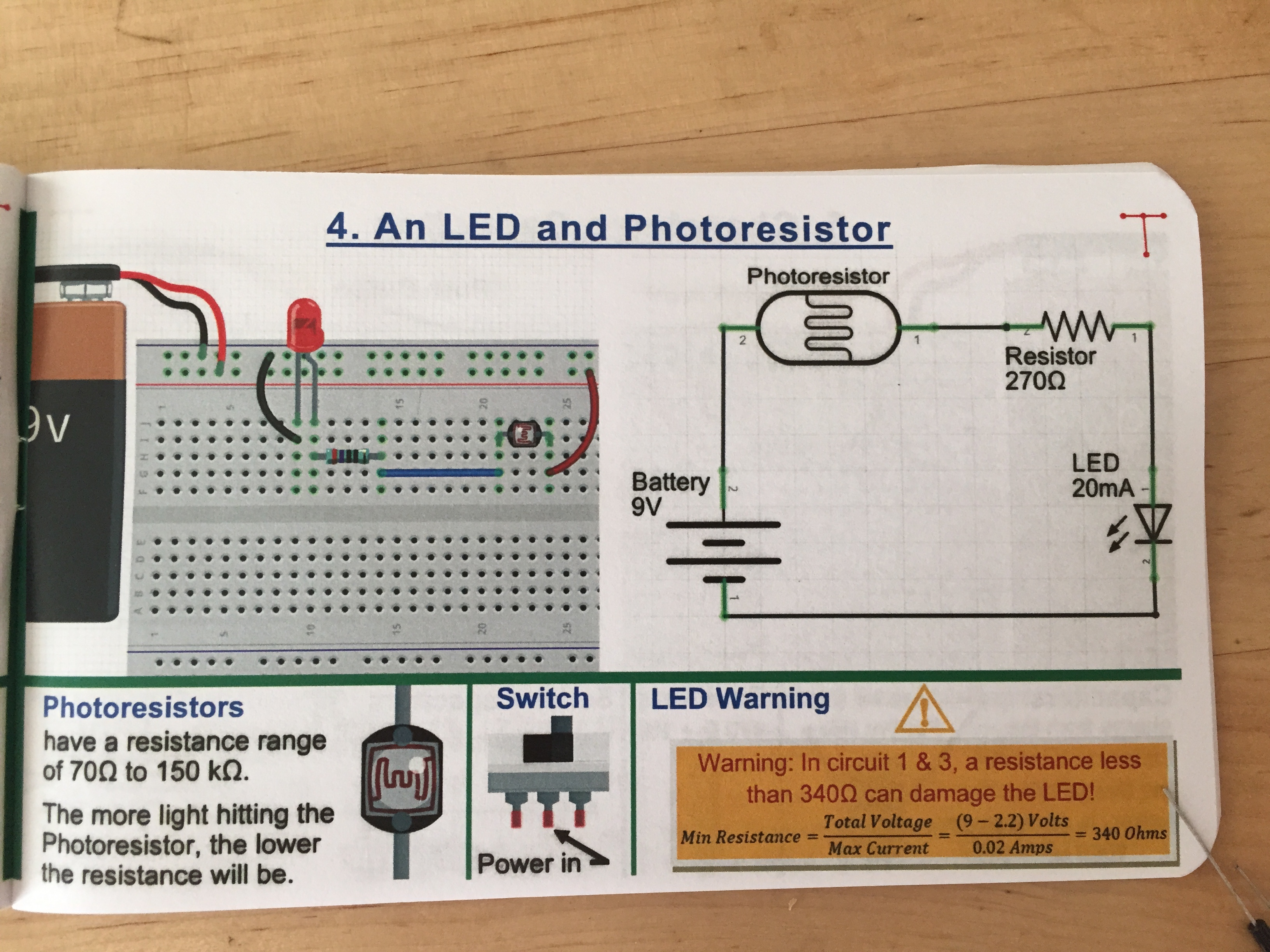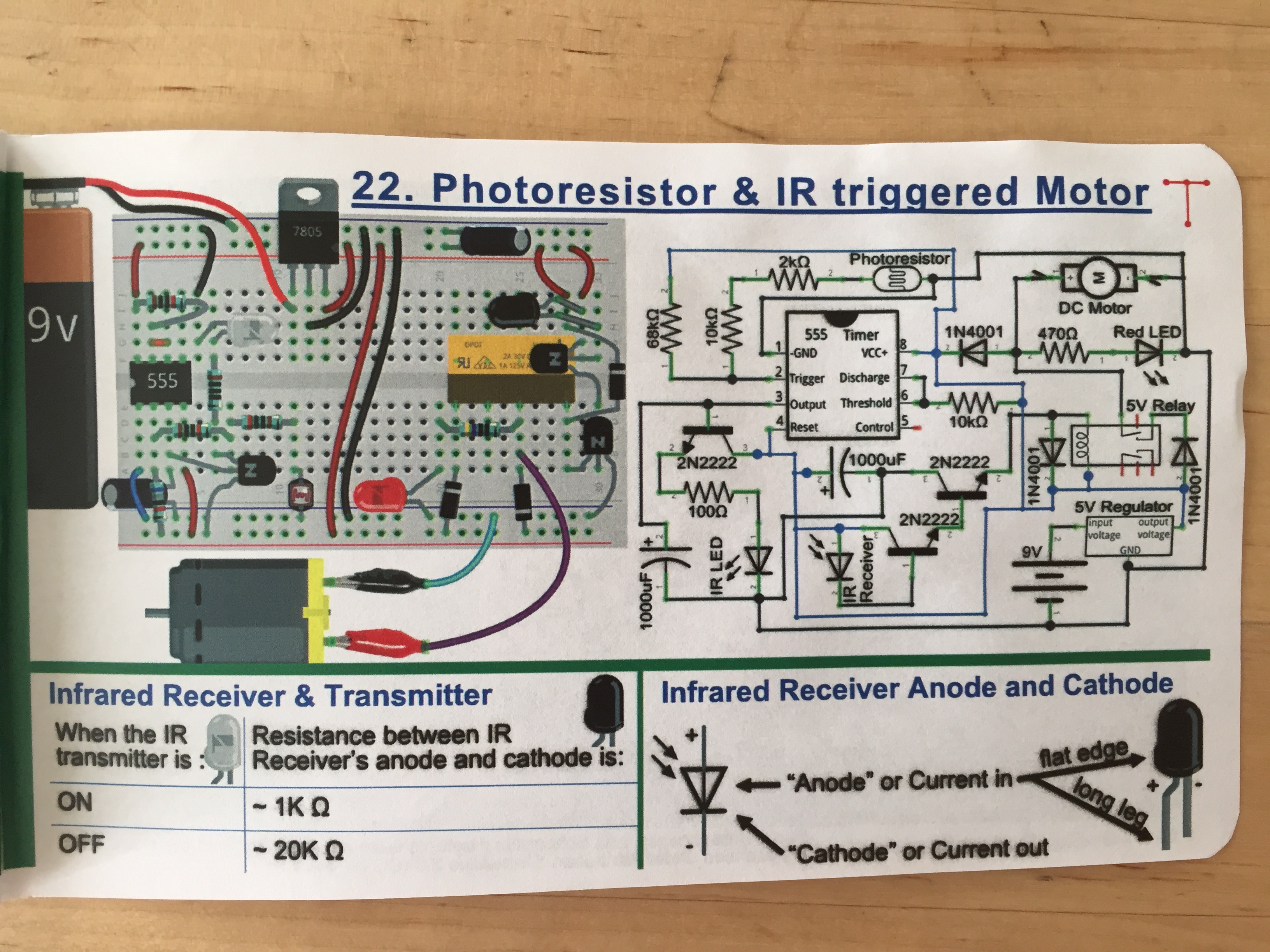Over the past couple of years, I’ve been learning a little about electronics. Knowing about electricity and circuit design not only improves my intuition about how computers and programs work, but also gives me the ability to tinker on little projects that are useful to making home life a little more fun.
I’m specifically interested in using electronics to give our balcony garden plants a voice. I’ve created a moisture sensor that is hooked up to the internet and sends an e-mail when the plant it is monitoring is thirsty or has been over-watered. I’ve built a water level sensor for our hydroponic systems to tell me how much time until the next refill. In addition, I’ve made many little toy circuits from various books and am now comfortable tinkering with a small array of common micro controllers.
Micro controllers (like the Arduino, Raspberry PI, and PICAXE) are super convenient. However, the effortlessness of programming a few outputs and inputs and wiring leads to each of the pins is delaying my thorough understanding of passive electronic circuits.
When I came across a circuit building subscription service on the web, I saw a chance to level up my skills. Subscribers to TronClub receive a box of electronic components each month to build a series of 22 passive circuits. These circuit challenges increase in difficulty from beginner level to advanced over the course of the month. Each of the challenges is outlined in a guide and is coupled with some of the theory that underlies the circuit. Sounds awesome.
I got my box (from Canada) several weeks later.

Insider was a collection of neatly organized and bagged circuit components. Apparently the 22 circuits in the guide can be constructed entirely from these parts.

My first reaction was that the parts seemed cheap. Fiddly and fragile components seem to have been added to these kits, which although unfortunate, is about what I expected. I only paid $20 bucks for the kit and I don’t begrudge the TronClub people some profit. The little nubs of wimpy stranded hookup wire were promptly replaced by the sturdy solid core stuff from my electronics treasure chest.
I started to build the first circuits in the guide. Even though the first project was simply to wire up an LED and resistor to a battery, for the sake of completeness I built it.
It was fun to quickly put together these little circuits, observe the intended result, and then tear them down to work on the next one. Here’s the fourth circuit I made:

The documentation that comes along with each circuit seems to be the real value proposition here.

I am liking what I am seeing so far. I’ve completed through to the day 7 circuit and after leafing through to the end of the guide, am interested in / intimidated by this fella:

I can see myself having a vastly different ability to work with electronics schematics by the time I have tackled that one.
Going to try to complete all of the circuits for this month and then keep my subscription at least through next month. I want to see if I will be starting back at something as easy as wiring up an LED to a battery. Anyway, the parts will also be useful to augment my collection. So far, so good.